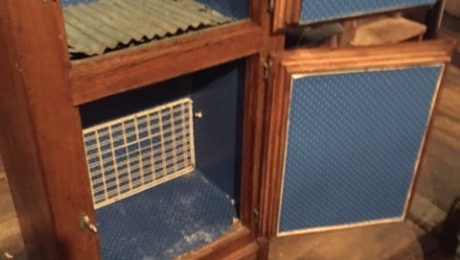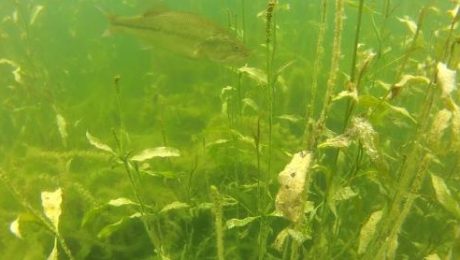Stay up to date with the latest news, insights, and updates from Aquarius Systems. Our blog covers waterway management, aquatic plant control, environmental challenges, equipment innovations, and stories from around the world that impact our lakes, rivers, and communities.
As a child, growing up on the lake was an amazing experience. Summer days were filled with fishing, swimming, and catching frogs. Winters were filled with ice skating, more fishing, and hockey. There was always something to do on or near the water! I fondly remember sitting on the pier with my brother; toes just
Phragmites, the 12 feet tall perennial grass that aggressively colonizes and forms dense stands in freshwater wetlands can be eradicated using herbicides, but it takes years of repetition. The glyphosate components in the herbicide stay in the ecosystem which can lead to loss of biodiversity, making them more vulnerable to pollution and climate change. An
Lots of Americans will celebrate the Fourth of July by illuminating the night sky with sparklers, smoke bombs, roman candles, ground spinners, and many other types of firecrackers. Fireworks get their splendor from a variety of chemicals, such as potassium chlorate, potassium perchlorate, potassium nitrate, sodium benzoate, sodium oxalate, ammonium perchlorate, strontium nitrate, strontium carbonate,
Industrial-scale beef production is impacting global climate, but scientists have found a way to make cattle-rearing more environmentally-friendly. Around 70% of methane emissions from agriculture is due to cows. Cows release methane, a by-product of their digestion, either through belches or farts. Researchers have discovered that by supplementing a cow’s diet with a type of
Reprinted with permission from NALMS. The original article published in Lakeline, Volume 40, No. 4 Winter 2020. Intensive in-lake and watershed management caused Kohlman Lake, the northernmost lake in the Phalen Chain of Lakes in Minnesota, to go from a relatively turbid to a clear water state. Aquatic plants responded to the clean waters by
On paper, Vermont boasts one of the cleanest electric grids in the country. About 66% of the state’s electricity came from renewables in 2019. The state’s Renewable Energy Standard requires utilities to get to at least 75% renewables by 2032, including wind, solar, biomass and hydropower. But critics say the problem is that a huge
For decades before World War I, much of the ice used in iceboxes was harvested from Wisconsin Lakes. The ice was stored in icehouses until it was shipped via rail to Chicago and then across the nation, in particular the American Southwest such as Texas and Arizona. Small ice harvesting existed to meet demand locally,
In 1970 Beth Martineau fought the Conservation Commission (the predecessor of the Department of Natural Resources) over access to Upper Spring Lake in Palmyra Wisconsin as they attempted to add the property to the Kettle Moraine State Forest. Now, the fate of Upper Spring Lake is once again back in court. The original dam was
According to the dictionary, a weed is a plant considered undesirable, unattractive, or troublesome, especially one growing where it is not wanted. So while most aquatic plants are pegged as “seaweeds” the Japanese refer to them as sea vegetables. Many of the aquatic plants are of great value for both the ecological system in which









